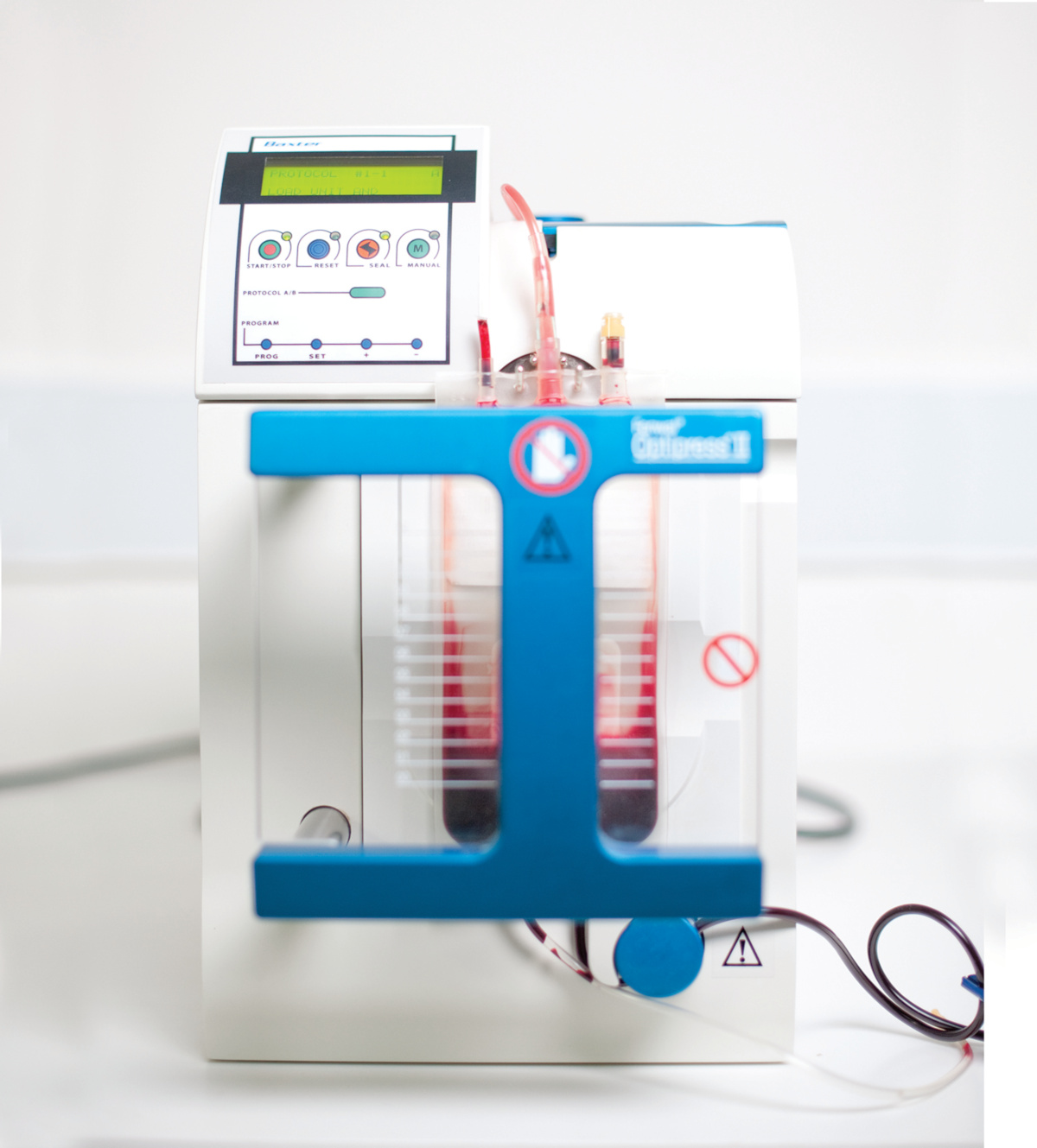
What is cord blood?
Cord blood is the blood remaining in a baby’s umbilical cord and placenta immediately after the baby is born and the umbilical cord has been clamped and cut.
Your baby’s cord blood contains a wide range of important cells, including stem cells. Cord blood is a particularly rich source of haematopoietic stem cells (HSCs), which have the ability to create and heal our organs, blood and the immune system. Because of their “youth”, stem cells from umbilical cord blood are pristine and among the most flexible and potent in the body.
How can cord blood be used?
Worldwide, cord blood has been used in over 40,000 42 transplants in the treatment of over 80 conditions 43 . In Australasia, over 500 cord blood units have been released from private and public banks to treat many conditions here and abroad 33 .
Why is cord blood commonly used in treatments?
Collection is simple and non-invasive:

- Collection and storage is simple and painless for both mother and baby
- Once stored it is available immediately for treatment
- There is no need to locate a compatible donor
- No invasive procedures to harvest bone marrow
Cord blood medical advantages:
- Cord blood stem cells are more potent than adult stem cells
- Cord blood stem cells haven’t had exposure to environmental pollutants, viruses and chemicals that occur over time in adults
Cord blood flexibility:
- Greater flexibility in genetic matching - only a partial match between the donor and patient may be required
- Reduced risk of graft vs host disease and lower incidence of viral transmissions
A perfect match:
- Your baby’s umbilical cord stem cells are a perfect match for your child
- The closer the match, the greater the likelihood of the body accepting the cells
New treatments being researched that anticipate using cord blood stem cells
In a growing number of advanced clinical trials, scientific research is evaluating how cord blood cells may provide new therapies for a broad array of conditions.
Probability of use
The probability of using stored cord blood is difficult to predict. Many factors impact the likelihood of use including the prevalence of disease, treatment options available, age and therapies that may be approved in the future.
It is important to note that estimates of use may vary considerably for these reasons. Today, based on currently approved therapies and ignoring the trials and research being undertaken, the chance of a child requiring stem cell therapy is 1 in 3,000. 2

